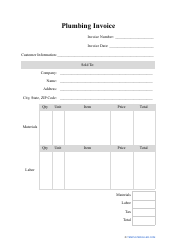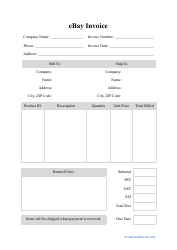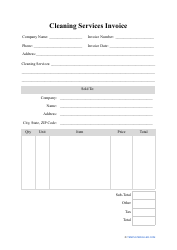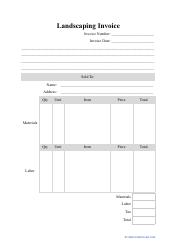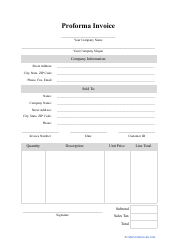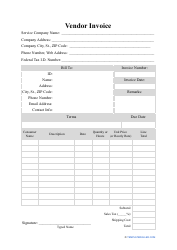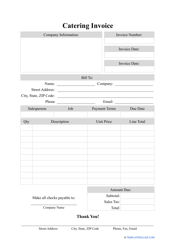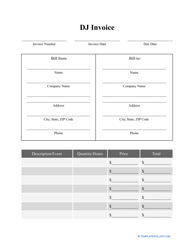How to Pay an Invoice by Bank Transfer?

In a perfect world, your clients pay their bills every time you send them. If this was the case, cash flow and invoicing would have been extremely easy to manage and effective. Unfortunately, sooner or later one of your clients will have trouble paying an Invoice on time or at all. There are, however, some easy and effective tips you can follow to get your clients to pay their invoices.
Sending out your first invoice for payment? Consider using a premade invoice template to help speed up and streamline your invoicing process. Using a legible and professionally made invoice template will ensure that your customers know what to pay and how to pay you, thus guaranteeing that you receive the money on time.
A major point that your template must cover is the payment terms and methods of transferring money. Coming up with several convenient methods of payment is crucial for running a successful business.
How to Pay an Invoice through Bank Transfer?
In some situations, paying an invoice via a debit or credit card is not possible for either the seller or the buyer. If this is the case, most invoices can be paid through a bank transfer. There are two ways to transfer funds through a bank - both have to be approved with both the seller’s and buyer’s banks before making a payment:
- ACH Transfer. An Automated Clearing House (ACH) payment allows you to transfer money from one bank to any other. The funds can be exchanged between different accounts within a single bank, between different banks within a certain country, or between any international banks. Businesses favor ACH transfers due to them being incredibly timely, speedy, and secure. The transfer usually takes up no more than several business days which makes money management and cash flow easy and convenient.
- Wire Transfer. Similar to an ACH transfer, a wire transfer is a type of digital payment that can be made between any two international bank accounts. Wire transfers cannot be made to banks in sanctioned countries: check local laws before attempting to make a payment. Additionally, wire transfers have little recourse once processed by the bank. Both parties must check that all amounts and payment information is accurate before transferring funds.
How to Invoice International Clients?
Here’s what you need to take into consideration when researching the best way to invoice an international client:
- Establish the terms of sale beforehand. The terms should clearly cover the cost of all goods or services, the method of delivery, the shipping and billing address, and a payment schedule.
- Analyze the payment methods available to you and your client. Billing international clients can be tricky: make sure to do your research before committing to one specific method.
- Take international taxes and fees into consideration. When setting prices, remember to factor in all of the various taxes, customs fees, and shipping costs. These will all depend on the country where your client is located.
Keeping your expectations clear and all terms negotiated will help your business mitigate risk and keep cash flow steady.
How to Pay an Invoice?
Let’s take a look at some of the other ways you can pay an invoice. If paying via a bank transfer is unavailable or unacceptable, you can make an invoice payment through one of these means:
- Mobile or online payment system. Modern web-based services (like PayPal) are convenient, non-anonymous, and safe. They allow you to first transfer money into an in-service account and then use it towards paying an invoice.
- Traditional money transferring service. Companies like Western Union allow individuals and businesses to send and receive payments all over the globe. The service is uniquely advantageous when it comes to working with under-banked countries or clients that do not have access to other forms of money transfers.
- Paying in cash. Although not recommended, cash payments can still be used when paying invoices for smaller purchases or if working with local clients or businesses.
Make sure that the invoice payment terms are discussed and agreed-upon beforehand and are reflected on the bill you receive. Other tips for successfully paying an invoice include:
- Take care of incoming invoices as soon as they hit your inbox. This will make sure that no bills are forgotten or lost.
- Track due dates and totals. Use a bookkeeping software to ensure that all numbers align with the contracts you’ve signed.
- Set reminders to avoid fees. Late fees and accumulated interest can be avoided entirely if you set up a schedule or a series of automated reminders to help you stay on track with payments.
- Pick out the most convenient payment method. Choosing a method of payment based on the amount charged, the client’s location, and the currency of the invoice will help you save money in the long run.
Related Topics:
